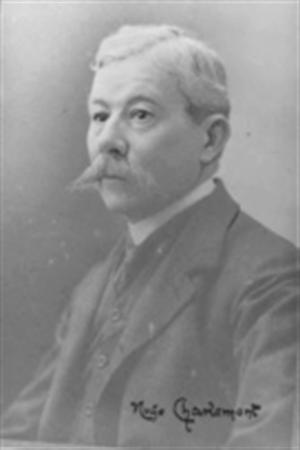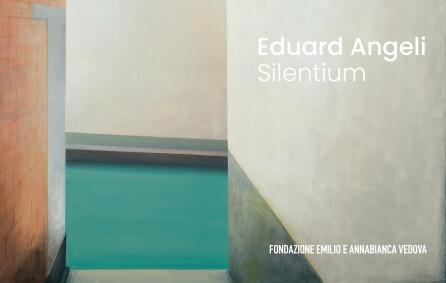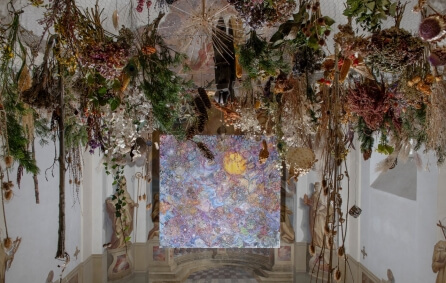
Hugo Charlemont
The following artworks are for sale
Biography

Hugo Charlemont wurde 1850 in Jamnitz in Mähren geboren. Sein Vater Matthias Adolf war ein bekannter Miniaturmaler. So ist es kein Zufall, dass sowohl Hugo als auch seine Brüder Eduard und Theodor die Künstlerlaufbahn einschlugen. Ab 1873 wurde Hugo Charlemont als Schüler der Wiener Akademie der bildenden Künste in der Klasse von Eduard von Lichtenfels unterrichtet. Zusätzlich erlernte er verschiedene druckgrafische Techniken wie die Radierung bei Arthur William Unger und war eine Zeit lang Schüler von Hans Makart. Nach Studienreisen in die Niederlande und mehreren Jahren in Venedig lässt er sich dauerhaft in Wien nieder. Bereits zu Lebzeiten war er für sein vielseitiges Talent bekannt. In seinem Oeuvre finden sich Landschafts- und Genrebilder ebenso wie Stillleben, Porträts und Tierdarstellungen in den verschiedensten Techniken. Vor allem seine Landschaften, die von der Malerei des Impressionismus inspiriert wurden, waren bei Sammlern äußerst beliebt. Heute finden sich Bilder seiner Hand im Belvedere und dem Wien Museum, sowie als Wandbilder im Naturhistorischen Museum in Wien. Ab 1872 war Charlemont Mitglied des Wiener Künstlerhauses und erhielt auf Ausstellungen im In- und Ausland zahlreiche Preise, unter anderem die Bronzemedaille auf der Pariser Weltausstellung 1900. Der Künstler starb 1939 in Wien.
Charlemont gehört zu den bedeutenden österreichischen Landschaftsmalern der Zeit vor und nach 1900. Er war eng mit Eugen Jettel und Franz Rumpler befreundet, mit Theodor von Hörmann, Hugo Darnaut und dem großen Emil Jakob Schindler gut bekannt. In ihrer malerischen Qualität stehen seine Werke jenen der in der Kunstgeschichtsschreibung mit mehr Aufmerksamkeit bedachten Künstlerkollegen keineswegs nach. Umso mehr muss sein Werk heute neu bewertet und gewürdigt werden. Die Provenienz der „Mohnblumen“ ist deutlichster Beleg für die Wichtigkeit seines Schaffens im Wiener Fin de Siécle und in den Aufbruchsjahren nach 1900, in denen die Donaustadt zu einem der wichtigsten Kulturzentren Europas aufstieg. Hugo Charlemont selbst schenkt das wundervoll duftig gemalte Ölbild seinem Galeristen zu dessen Hochzeit im Jahr 1903. Und dieser war niemand geringerer als Gustav Pisko, in dessen Galerie in der Lothringerstraße¹, die Crème de la Crème der Wiener Kunstszene, alles was bahnbrechend und zukunftsweisend war, ausgestellt wurde. Neben der Galerie Miethke und der Galerie Arnot gehörte der Kunstsalon Pisko gemeinsam mit der Secession zu den wichtigsten Kulturträgern in Wien. Hier konnte man sich anhand von Originalwerken mit aktuellen internationalen Strömungen vertraut machen und die neuesten Entwicklungen der österreichischen Malerei am Weg in die Moderne bewundern. Unter anderem ermöglichte Pisko 1909 der „Neukunst-Gruppe“ um Egon Schiele die erste Ausstellung, in der sie ihre Werke einer breiten Öffentlichkeit präsentieren konnten. Dass Hugo Charlemont zu den Galeriekünstlern zählte, unterstreicht seine Bedeutung.
¹Die Lothringerstraße ist Teil jenes neuen Stadtteils der ab 1860 durch die Verbauung des Glacis entstanden ist und der mit der Einwölbung und Regulierung des Wienflusses sein heutiges Aussehen erhalten hat.



